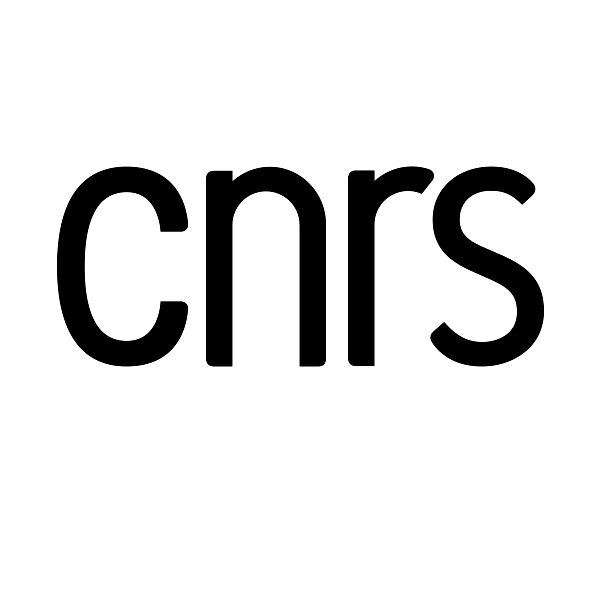Le 29 juin 2017
de 9h30 à 10h00
Le Patio (université de Strasbourg)
22 rue René Descartes, 67000 Strasbourg
salle 3201
Séance - Teaching and Pedagogy (I)
Pré-acte / Acte
Auteur : Claire Roberts
Though a great deal of scholarly research has addressed an implicit theorizing by the « Neapolitan school” in the music theory domains of analysis, harmony and counterpoint, little attention has been given to the field of aural skills training. In the absence of a distinct subject dedicated to aural skills, it is necessary to investigate the existing repertoire from the classes taught in the Neapolitan conservatories for indications of aural training functions.
Concerning the teaching repertoire, the solfeggi have received comparatively little scholarly attention and there is to date no consensus regarding their definition and actual function. As we know from the Allgemeine Musikalische Zeitung, Naples in 1805 boasted 200 exceptional singers but only two mediocre piano teachers. This would suggest that in the early 19th century the voice was possibly also the instrument of choice in the educational milieu. Solfeggi, as melodic counterpart to the partimenti, were in all likelihood not only used as singing exercises, but can be seen as vehicles through which a variety of aural skills, music theoretical knowledge as well as compositional techniques were taught. A better understanding of the solfeggi and their functionality could give useful impulses to current music theory and aural skills instruction.
In my paper I will focus on the solfeggi from an aural skills perspective, analyzing selected solfeggio by Niccolò Zingarelli (1752 – 1837) from the point of view of an aural skills instructor, attempting to show their potential for aural skills training beyond the obvious aspects of fluency in sight singing.








